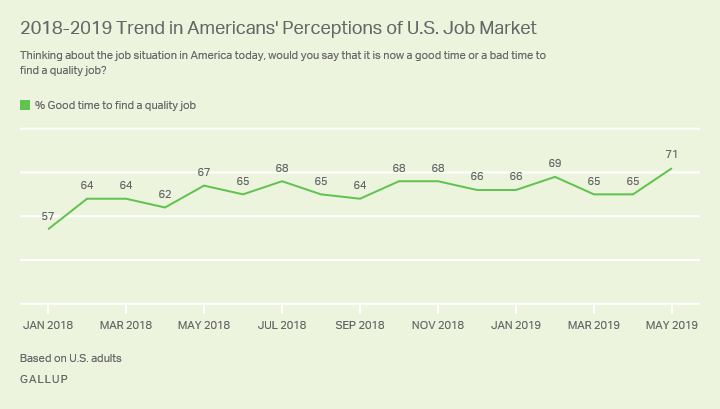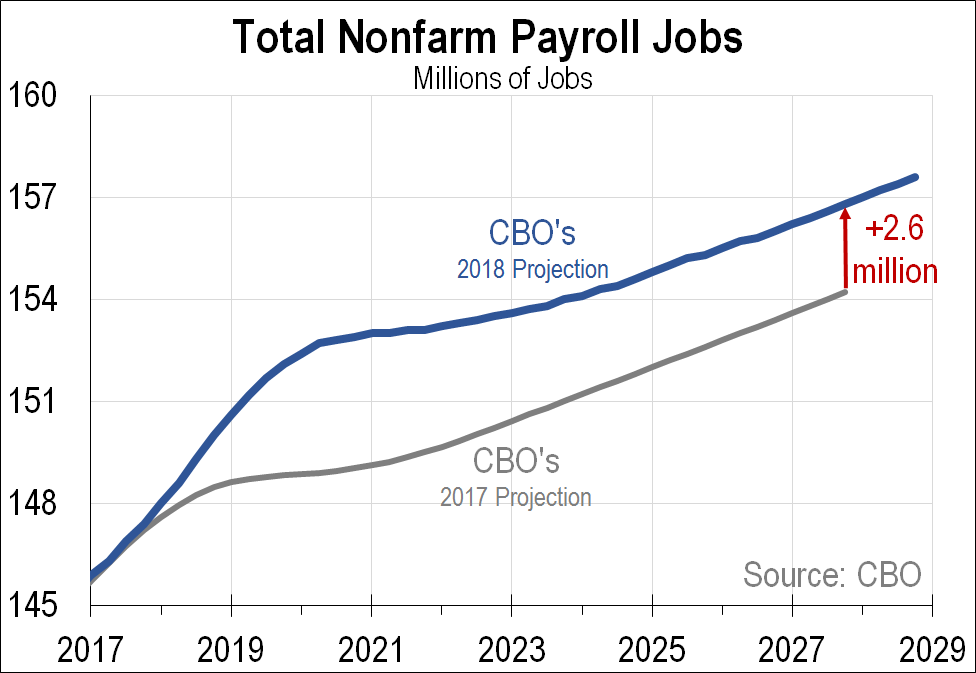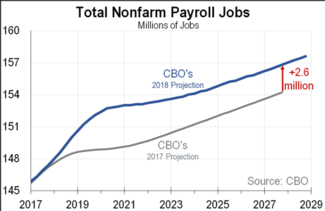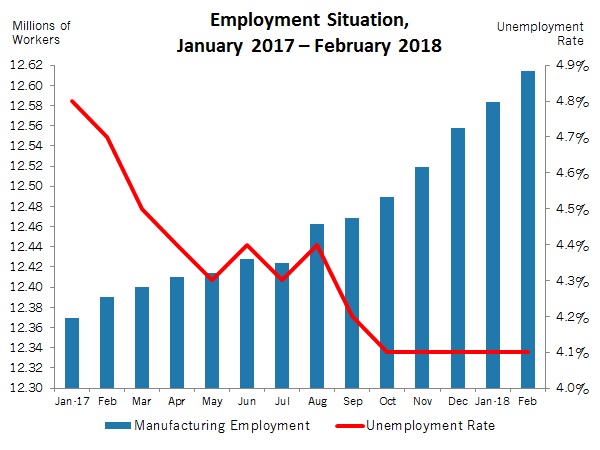According to The Washington Post, Congress is considering legislation carving out a special exception from federal labor laws for professional baseball:
A massive government spending bill that Congress is expected to consider this week could include a provision exempting Minor League Baseball players from federal labor laws, according to three congressional officials familiar with the talks. The exemption would represent the culmination of more than two years of lobbying by Major League Baseball, which has sought to preempt a spate of lawsuits that have been filed by minor leaguers alleging they have been illegally underpaid.
The league has long claimed exemptions for seasonal employees and apprenticeships, allowing its clubs to pay players as little as $1,100 a month, well under the pay that would be dictated under federal minimum wage and overtime standards. But with those exemptions under legal challenge, Major League Baseball has paid lobbyists hundreds of thousands of dollars to write a specific exemption into the law.”
We at CFIF maintain no opposition to that contemplated provision. If Congress seeks to carve out exceptions from federal labor laws for professional baseball, however, they have no excuse for failing to finally pass the Save Local Business Act, which CFIF has long advocated, and reverse one of the most egregious abuses of the Obama Administration’s Labor Department: the Joint Employer Rule.
That activist Obama Labor Department ruling reversed decades of established labor law by holding businesses liable and responsible for employees of franchisees whom they didn’t hire and over whom they exercise no control, as we explained last year:
Under longstanding court precedent and National Labor Relations Board (NLRB) interpretation, an ’employer’ for purposes of applying the nation’s labor laws was generally defined to include only those businesses that determined the essential terms and conditions of employment.
As a textbook illustration, imagine a franchise arrangement whereby the franchisee determines whom to hire, whom to fire, wages and other everyday working conditions. The distant franchisor, in contrast, obviously doesn’t fly every potential franchisee employee in for an interview at corporate headquarters or micromanage its franchisees’ working conditions.
On that logic, the Third Circuit Court of Appeals ruled in NLRB v. Browning-Ferris Industries (1982) that the appropriate standard for defining an employer with regard to a particular set of employees was established by the U.S. Supreme Court in Boire v. Greyhound Corp. (1964). It held that only businesses exercising control over ‘those matters governing the essential terms and conditions of employment’ were subject to collective bargaining requirements and liabilities.
Two years later, the NLRB formally adopted that standard, ruling in separate cases that ‘there must be a showing that the employer meaningfully affects matters relating to the employment such as hiring, firing, discipline, supervision and direction.’ In other words, an ’employer’ for purposes of labor law mandates required direct and immediate control over the terms and conditions of employment.
That stands to reason, since it makes no sense to impose legal liability upon employers that don’t actually control a bargaining unit’s employment conditions.
In August 2015, however, Obama’s NLRB suddenly and needlessly upended that established legal standard by redefining what’s known as the ‘Joint Employer Doctrine.’ Essentially, the Joint Employer Doctrine now allows multiple businesses to be held legally liable for the same set of employees.
Thus, in the infinite wisdom of the Obama NLRB, even employers with indirect or even merely potential ability to affect employment terms could suddenly find themselves subject to federal labor laws.”
That’s why the Save Local Business Act is of such immediate importance. That legislation would overturn the Obama NLRB’s recent Joint Employer Rule redefinition, and restore longstanding legal precedent by subjecting only actual employers exercising control over the terms and conditions of employment to federal collective bargaining liabilities.
Today, nearly 800,000 franchise enterprises exist in the U.S., accounting for approximately 8.5 million jobs. And according to an American Action Forum study, the Obama NLRB decision could reduce private sector employment by 1.7 million jobs, including 500,000 in the leisure and hospitality industry alone.
So if Congress can find the time to address professional baseball labor matters, they can certainly do the right thing by prioritizing language implementing the Save Local Business Act. We urge all CFIF supporters and activists across America to contact their Senators and Representatives to demand it.
Call your Senators and Representative now at 202-224-3121.
Tell them that the joint employer issue impacts millions of workers in every community in the country. Therefore, Congressional leaders must prioritize the Save Local Business Act in the upcoming spending bill.








 In an interview with CFIF, Patrick Hedger, Policy Director of American Encore, discusses why Obama made the wrong decision on Keystone XL pipeline project and what it means for jobs, the economy and gas prices.
In an interview with CFIF, Patrick Hedger, Policy Director of American Encore, discusses why Obama made the wrong decision on Keystone XL pipeline project and what it means for jobs, the economy and gas prices.  In an interview with CFIF, Marita Noon, Executive Director for Energy Makes America Great and Citizens’ Alliance for Responsible Energy, discusses what President Obama has not done for American energy workers, the lessons he could learn from Texas Governor Rick Perry’s efforts to convince companies to relocate to Texas, and the important role that energy plays in our lives.
In an interview with CFIF, Marita Noon, Executive Director for Energy Makes America Great and Citizens’ Alliance for Responsible Energy, discusses what President Obama has not done for American energy workers, the lessons he could learn from Texas Governor Rick Perry’s efforts to convince companies to relocate to Texas, and the important role that energy plays in our lives. CFIF Freedom Line Blog RSS Feed
CFIF Freedom Line Blog RSS Feed CFIF on Twitter
CFIF on Twitter CFIF on YouTube
CFIF on YouTube